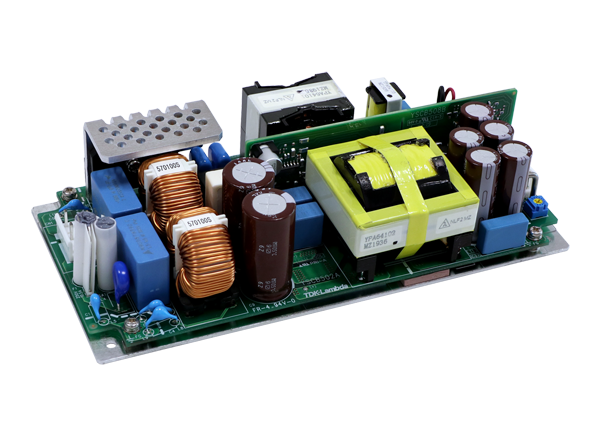
When it comes to healthcare, reliable equipment can literally save lives. Whether it's a ventilator, heart monitor, or imaging machine, medical devices all need a steady and safe source of power. That’s why choosing the right medical power supplies is so important.
With so many choices out there, how do hospitals and manufacturers know which power supply is the best fit? Let’s look at seven key features that make a medical power supply truly reliable.
Certified for Safety (IEC 60601)
The first thing to check is if the power supply meets international safety standards, especially IEC 60601-1. This standard makes sure the device is safe from electrical shocks, fires, and interference with other equipment.
If a power supply isn’t certified, it might not be allowed for use in hospitals or clinics. So, always go with a model that’s tested and approved.
Very Low Leakage Current
Leakage current is the tiny bit of electricity that might accidentally flow through the patient or equipment. In hospitals, even a small leak can be dangerous—especially if a patient is connected to wires or sensors.
Good medical power supplies are built to keep leakage current as low as possible, helping keep patients safe during treatment or diagnosis.
Strong Isolation and Built-In Protection
In simple terms, electrical isolation helps separate different parts of a device to prevent any shock or short circuit. It’s like building a wall between dangerous parts of the system and the parts people touch.
Look for features like:
- Extra insulation
- Safe distances between electrical parts
- Protection against too much voltage or current
All of this adds an extra layer of safety to keep both patients and healthcare workers protected.
High Efficiency = Less Heat
A power supply that’s efficient doesn’t waste much energy. That means it stays cooler and doesn’t need big fans or extra cooling systems. This helps the whole medical device last longer and work better.
Cooler devices also run quieter, which is especially helpful in quiet places like operating rooms or intensive care units. Try to find power supplies that are at least 90% efficient.
Small and Easy to Upgrade
Today’s medical equipment is getting smaller, so the power supplies inside also need to be compact. A modular design is even better—it lets you upgrade or replace parts easily if something changes or breaks down.
This is great for complex machines like MRI scanners or surgical robots, where different parts need different power levels. A flexible design saves time, space, and money.
Quiet Operation
Hospitals can be stressful enough without noisy equipment. Loud fans or buzzing electronics can disturb patients or even interfere with test results.
That’s why many modern medical power supplies are designed to be silent or nearly silent. This is done by using efficient designs and cooling systems that don’t rely on loud fans. It’s a small feature that makes a big difference in patient comfort.
Built to Last
Medical devices can’t afford to break down. A reliable power supply should be able to run nonstop, day and night, without issues.
Here’s what to look for:
- MTBF rating (Mean Time Between Failures) — higher numbers mean longer life
- Good warranty and support from the manufacturer
- Positive reviews from other users in the healthcare field
A dependable power supply component can reduce repair costs, prevent delays, and keep your equipment running when it matters most.
Final Thoughts
Choosing the right medical power supplies is more than just picking something that works. It’s about safety, trust, and making sure your equipment performs well every single time. From meeting safety standards to being quiet, efficient, and long-lasting, the features we covered above will help you make a smart and safe choice.
Whether you're building new medical devices or updating older ones, always take the time to choose a power supply that meets the highest standards.